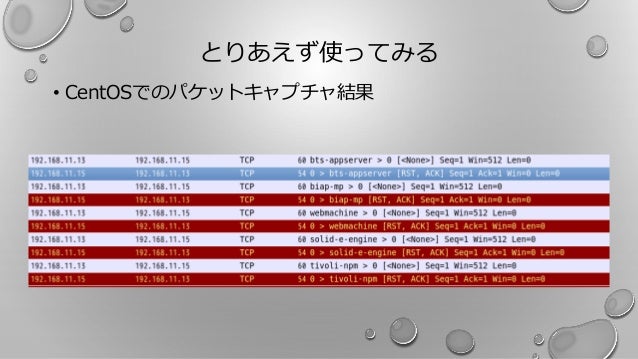How To Install Hping3 On Windows
Hping3 Package Description hping is a command-line oriented TCP/IP packet assembler/analyzer. The interface is inspired to the ping(8) unix command, but hping isn’t only able to send ICMP echo requests. Richard Dokey Sanchez Pdf File. It supports TCP, UDP, ICMP and RAW-IP protocols, has a traceroute mode, the ability to send files between a covered channel, and many other features. While hping was mainly used as a security tool in the past, it can be used in many ways by people that don’t care about security to test networks and hosts. A subset of the stuff you can do using hping: • Firewall testing • Advanced port scanning • Network testing, using different protocols, TOS, fragmentation • Manual path MTU discovery • Advanced traceroute, under all the supported protocols • Remote OS fingerprinting • Remote uptime guessing • TCP/IP stacks auditing • hping can also be useful to students that are learning TCP/IP. Source: • Author: Salvatore Sanfilippo • License: GPLv2 Tools included in the hping3 package hping3 – Active Network Smashing Tool. Root@kali:~# hping3 -h usage: hping3 host [options] -h --help show this help -v --version show version -c --count packet count -i --interval wait (uX for X microseconds, for example -i u1000) --fast alias for -i u10000 (10 packets for second) --faster alias for -i u1000 (100 packets for second) --flood sent packets as fast as possible.


Don't show replies. -n --numeric numeric output -q --quiet quiet -I --interface interface name (otherwise default routing interface) -V --verbose verbose mode -D --debug debugging info -z --bind bind ctrl+z to ttl (default to dst port) -Z --unbind unbind ctrl+z --beep beep for every matching packet received Mode default mode TCP -0 --rawip RAW IP mode -1 --icmp ICMP mode -2 --udp UDP mode -8 --scan SCAN mode. Example: hping --scan 1-30,70-90 -S www.target.host -9 --listen listen mode IP -a --spoof spoof source address --rand-dest random destionation address mode. --rand-source random source address mode. -t --ttl ttl (default 64) -N --id id (default random) -W --winid use win* id byte ordering -r --rel relativize id field (to estimate host traffic) -f --frag split packets in more frag.
I install both versions, and I recommend that you do the same. I use hping3 as a stand-alone application, but I still have hping2 in case I need it for third-party applications, such as scapy (another packet manipulation tool) and idswakeup (an application for auditing intrusion detection systems). Hping3 comes with a new TCL. Feb 18, 2014 - hping3 Package Description. Hping is a command-line oriented TCP/IP packet assembler/analyzer. The interface is inspired to the ping(8) unix command, but hping isn't only able to send ICMP echo requests. It supports TCP, UDP, ICMP and RAW-IP protocols, has a traceroute mode, the ability to send files.
This document is a quick introduction to. Is mostly command line compatible with so the command line interface is not documented in this document. Instead this is an introduction to the hping Tcl scripting capabilities, and how to use them interactively and in standalone scripts.
Here you'll find instructions on how to install and uninstall software from the following linux releases. First of all you need a working hping3 installation. Go to the download page, and download the latest hping3 tar.gz available. Install it, and log in as the root user (you need this to send and receive raw packets). To enter the hping3 interactive shell, just type: # hping3 without any argument.
Important Note: to get the best of hping3 you should learn some basic Tcl programming. To make the task more simple I'm writing a book about Tcl programming, the first nine chapters (all you need to start with Tcl IMHO) are online for free here:.